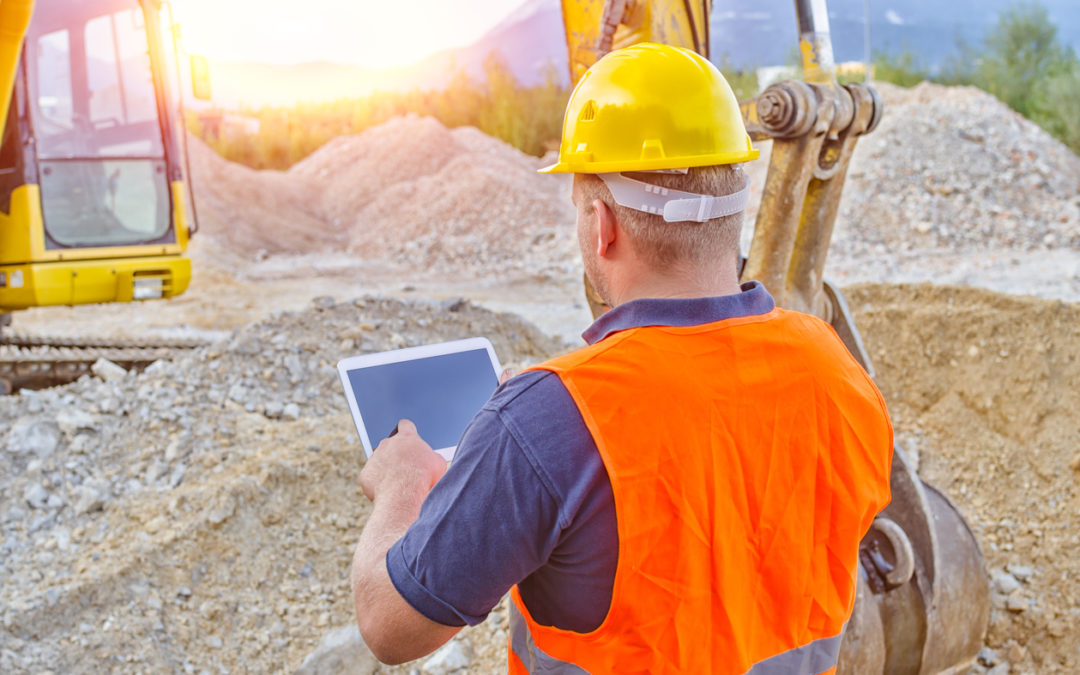On a recent visit to one of our job sites, I noticed something that struck me as pretty profound. We were getting ready to pour concrete for a large foundation on a sizeable project that had been designed and planned – and was being built – with the help of very sophisticated technological tools. Still, before even a drop of concrete could be poured, the foundation bottom had to be cleaned of loose soil. And sure enough, there was a laborer down in the middle of those forms and rebar with a paper cup in one hand and a stick in the other, scouring that foundation bottom for dirt clods. Because it’s a job that has to be done on a site no matter what, and it’s not something that a computer can take care of.
Forty-some-odd years ago, I was the guy on cup-and-stick clod patrol. Now I’m one of the guys who walk around sites reviewing plans on hand-held digital devices.
In my career, I’ve seen technology fundamentally change the way we work. I remember back when fax machines started showing up on job sites. We huddled around them completely befuddled, like cavemen seeing fire for the first time. Soon, they became commonplace, and RFIs, submittals, change orders, etc. were being faxed instead of delivered via snail mail. Gradually, other electronic tools began to eclipse their analog predecessors. Laser levels replaced water levels; electronic surveying devices replaced slide rules; GPS grading monitors replaced guinea hoppers.
Those early innovations certainly simplified certain steps, but didn’t really alter the basic way we did things. But as the technology became more sophisticated, design and construction processes started to rely more heavily on them. Now, we just wouldn’t be able to do the job as efficiently or affordably without these modern technological tools.
But let’s get back to our friend with the cup and the stick. There’s no device in the world that could accomplish the task he was doing. Every job site needs someone down in those foundations removing that loose dirt. And technology can’t replace the laborer who trowels concrete or the carpet installer who kneels down to glue a piece into place. In this business, shovels and wheelbarrows will always be seen alongside cutting-edge technological tools.
Our job is to make sure our clients are getting the best of the old and the new. At VPCS, there are enough of us who still remember the pre-tech days and have adapted to the new ways of doing things. We also have an enthusiastic young crop of leaders who have only ever done this work in the digital age. Each generation teaches the other. Just as my brother and I learned from our dad that integrity is the most valuable thing in any toolkit, we’ve worked hard to pass that insight on to the upcoming leaders in our firm while encouraging them to embrace the new ideas that benefit the industry. And we learn from our younger counterparts how important it is to be open to the innovations that help us improve our work product.
Yes, technology is critical to our business and makes us better at what we do. But let’s face it: you can’t build anything without getting a little dirt on your hands. To be good at this job, you have to know how to work with both.
By Mike Van Pelt

